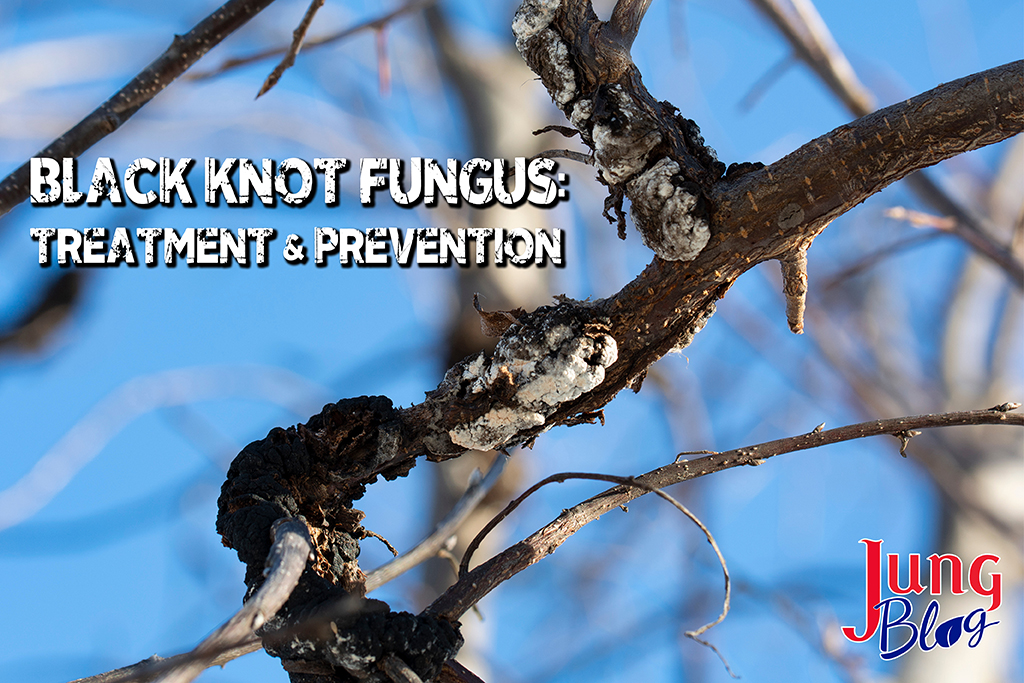
Black Knot is a common fungal disease that affects different species of Prunus, such as cherry, peach, and plums. This type of fungus spreads mainly by spores carried on the wind in spring to infect new trees, however, the galls or knotty growths are not noticeable until late summer or even fall, after trees have lost their leaves. Now is the time to develop a prevention plan.
What Is Black Knot Fungus
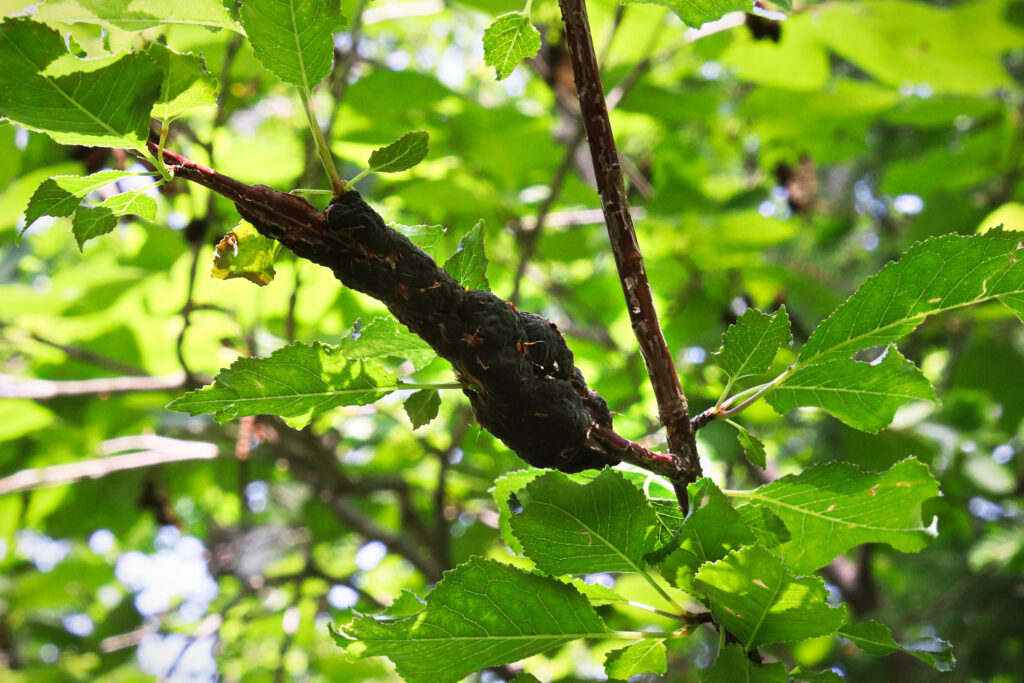
Apiosporina morbosa is the responsible pathogen for the disease called Black Knot, which creates symptoms of black, knotty growths or galls that form on twigs, limbs, and sometimes trunks of susceptible trees. In areas where native, wild plums are common, this fungus is typically more common, so be aware of your local surroundings, when choosing what tree types to plant. If there are a lot of wild plums, planting apples may be a better option.
Trees Affected By Black Knot
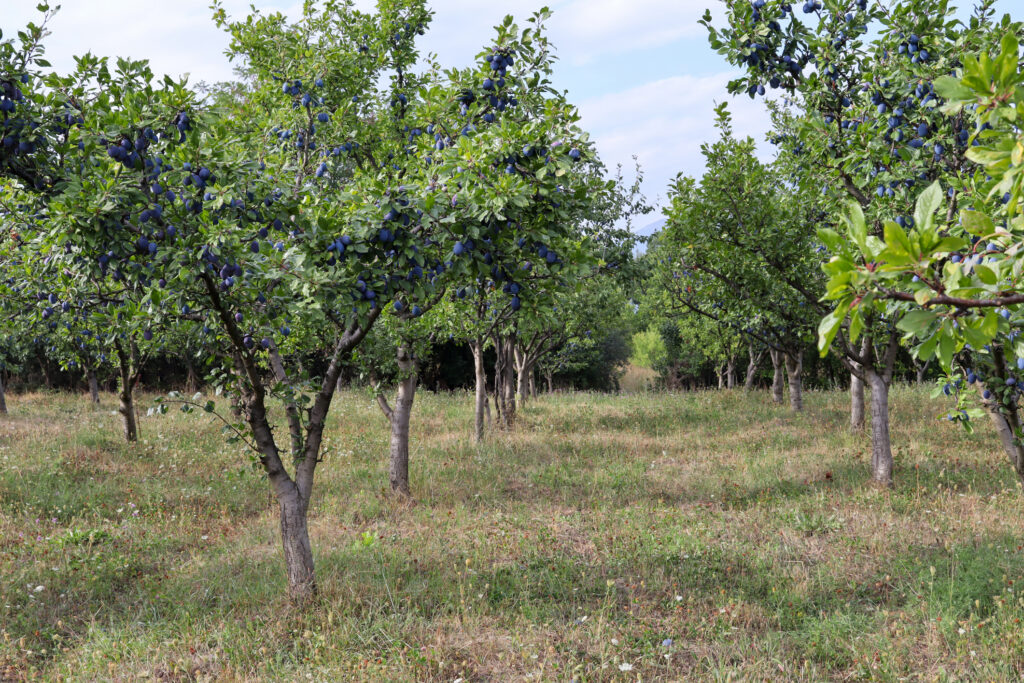
Black Knot is common on Prunus spp., including ornamental and wild plums, cherries, peaches, and other stone fruits like apricots and almond trees.
How To Identify Black Knot Fungus
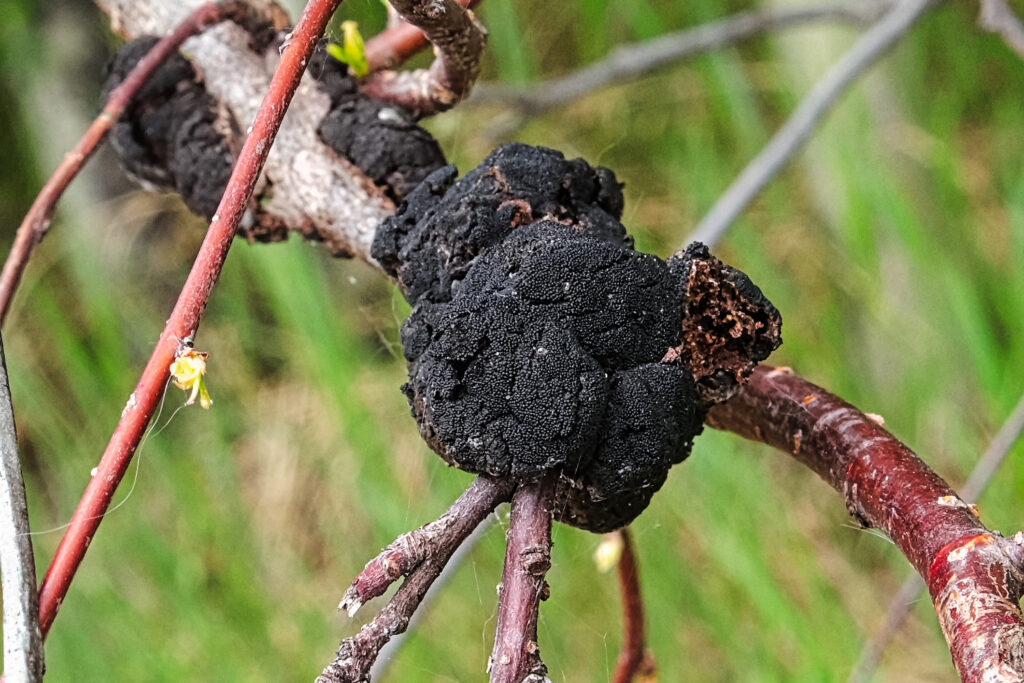
Early first-year symptoms are small, light brown, or greenish swellings on branches that may be as small as one-half inch long and one-quarter inch wide.
By the following spring, galls become dark olive-green with a velvety texture. By autumn of the second year, galls are larger, black, and extremely hard and typically grow completely around the branch.
Note: Wood-boring insects sometimes invade older galls, and a different white or pink fungus may grow on them.
The hard-black galls are the result of the infection that occurred one or more years ago.
How Does Black Knot Grow & Spread
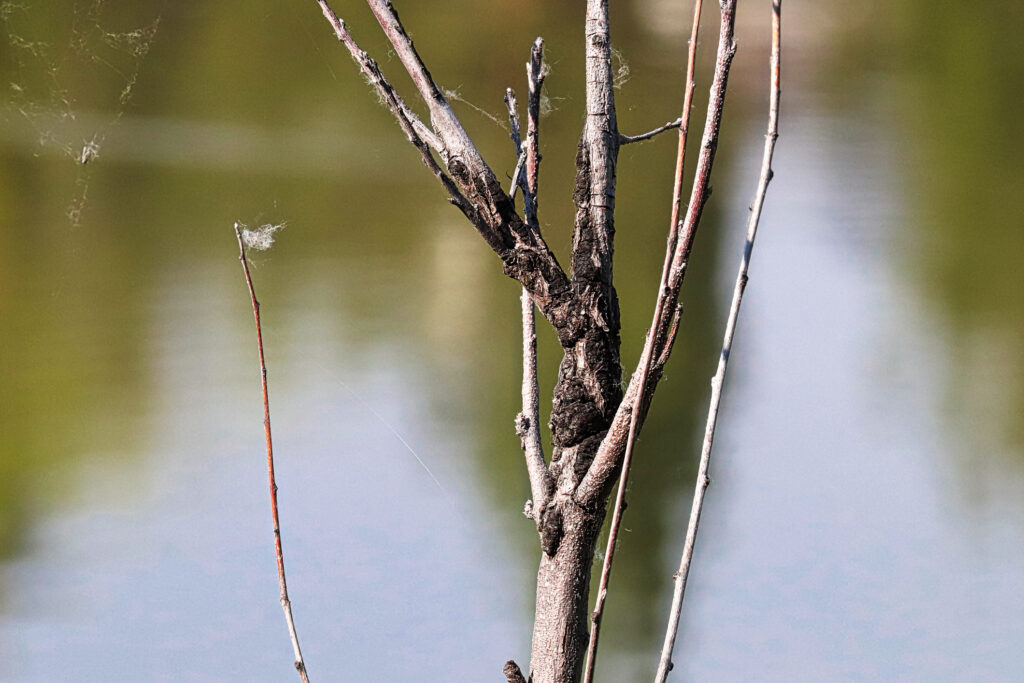
Black Knot Fungus is spread by wind or splashing water drops. Once started, galls slowly expand and may eventually girdle and kill infected branches. As the swellings grow, they’ll cover just one side of the branch. Infected trees usually survive but are less attractive and produce far less fruit.
How To Manage & Control Black Knot Fungus
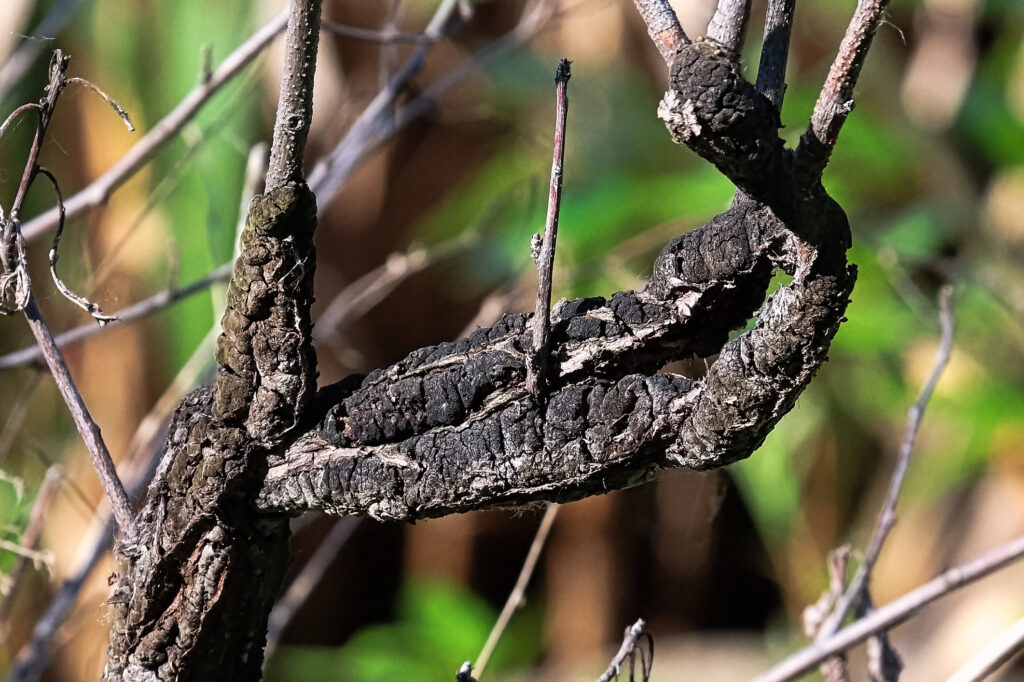
Pruning
Once a tree has Black Knot, you must prune out the galls if you want to try to control the disease. However, timing is critical!
Prune only during the dormant season. Late fall to early winter or late winter to early spring is best. Remove areas of the galls by April first, before the fungus becomes active again.
Note: Heavily infected trees will require heavy pruning and may not be worth saving.

When removing black knot galls, make pruning cuts at least six inches below the galls because the fungus may have grown internally for some distance. Always disinfect pruning shears or saws between every cut to prevent inadvertently spreading the disease from branch to branch or tree to tree. Unintentional spread is one of the most common occurrences from inappropriate pruning or poor timing of pruning.
Note: Burn or bury all branches that you prune off. Do not leave them beneath or near susceptible trees. Even removed branches with galls can still produce spores that spread additional infections.
Fungicides
Copper fungicides or wettable sulfur will only be effective if used in combination with the removal of the infected limbs with galls.
Note: Fungicides are not curative, only preventative in the further spread and infection.
How To Prevent Black Knot
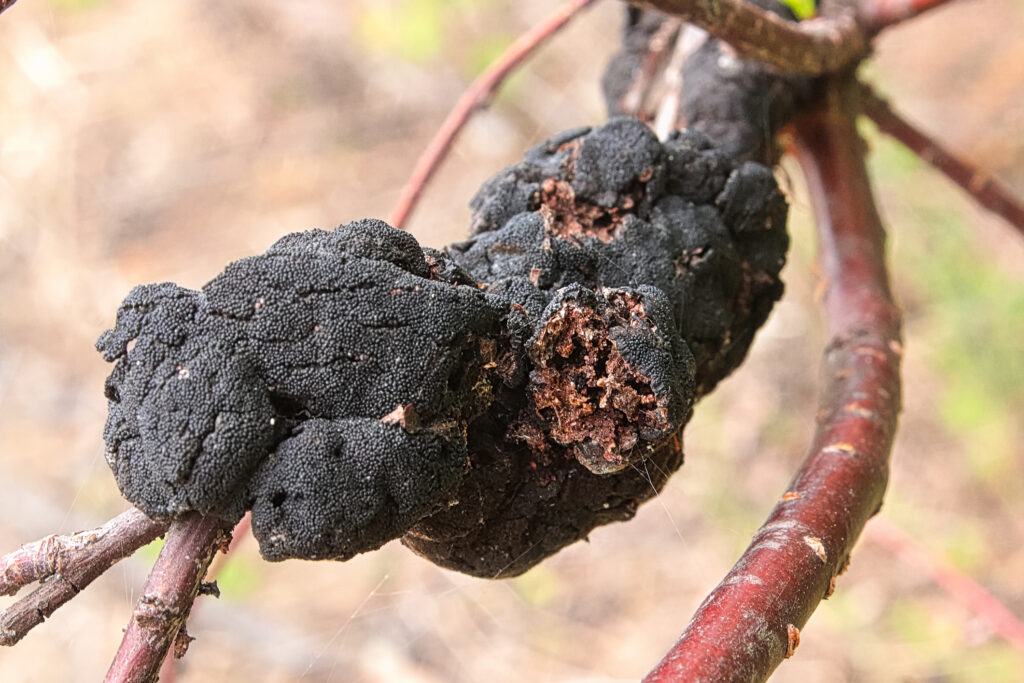
Physical control by pruning is what is most effective for this disease. If feasible, you can help reduce the number of Black Knot infections by removing nearby wild Prunus spp. or cultivated trees that do already have Black Knot symptoms.
For prevention of re-infection, you can use a broad-spectrum, bio-fungicide like Organic Complete Disease Control. Fungicides should be applied in late winter or very early spring while trees are dormant to help prevent this type of fungus.
Other Recommended Reading

- Black Rot On Grapes: Prevention & Management
- Top Tips For Fruit Trees: Planting, Caring, & Maintenance
- 4 Popular Wine Grapes For Hobby Vineyards
- An Easy Guide To Fruit Tree Rootstocks
- Tree Pruning Techniques & Best Practices
- Why Won’t Fruit Grow On My Trees?
At Jung Seed Co, we strive to be your go-to guide for all your gardening needs. Our YouTube channel Jung Garden Center now includes our new video series All Things Green where our experts provide gardening tips for all levels of gardeners. When you need reliable gardening advice, turn to the trusted experts at Jung.
View our new catalog online or browse our website for all of your gardening favorites. To receive info on new products, exclusive deals, and specials, be sure to sign up for our weekly email. Join our Facebook page, to discuss all things gardening!
